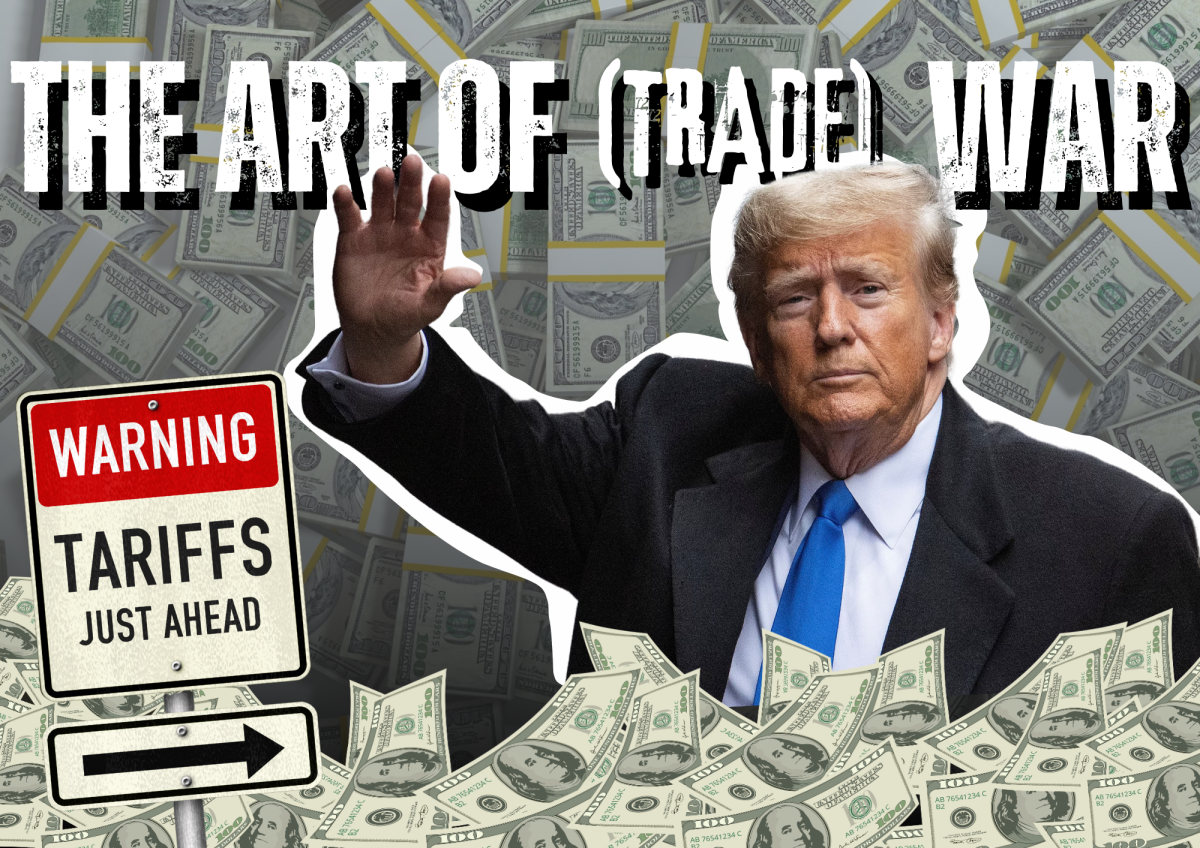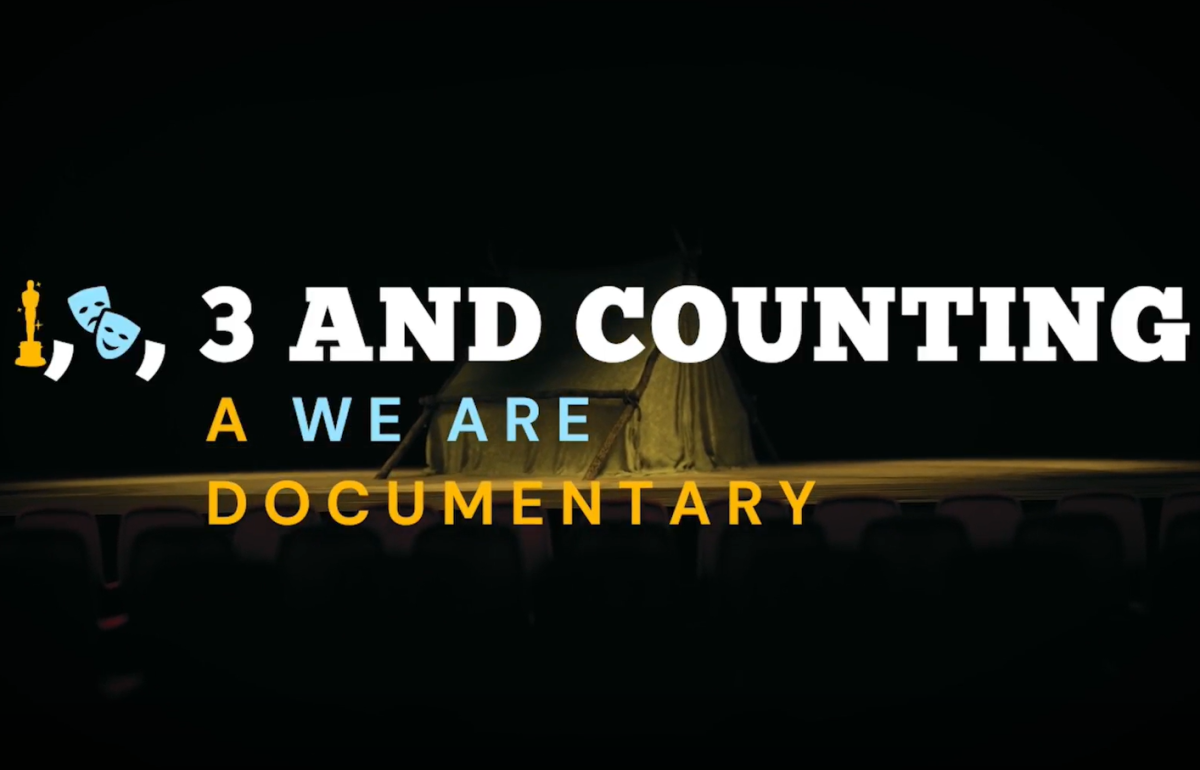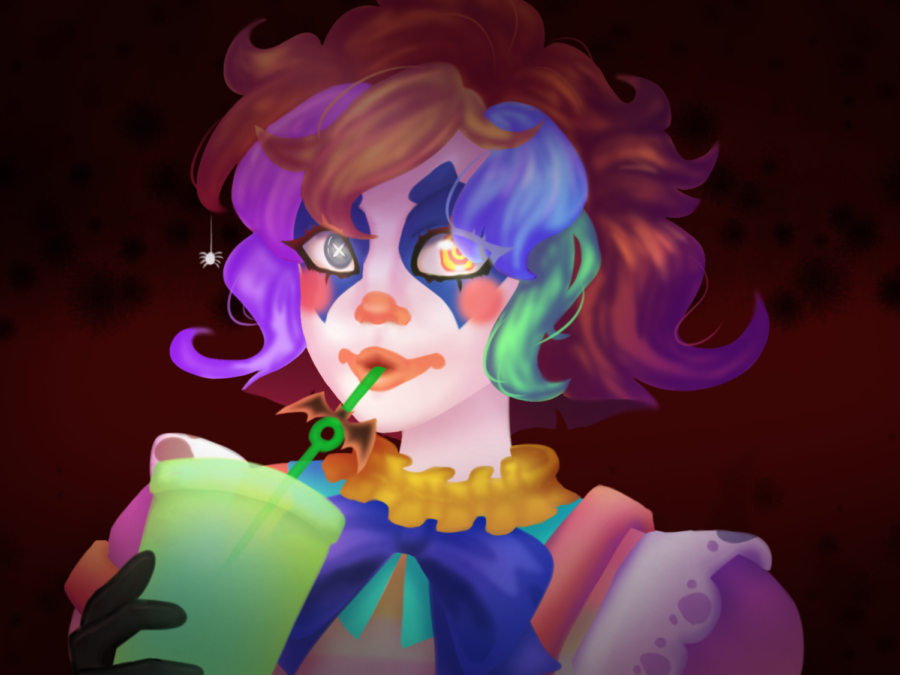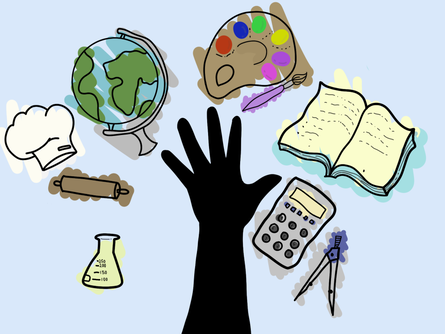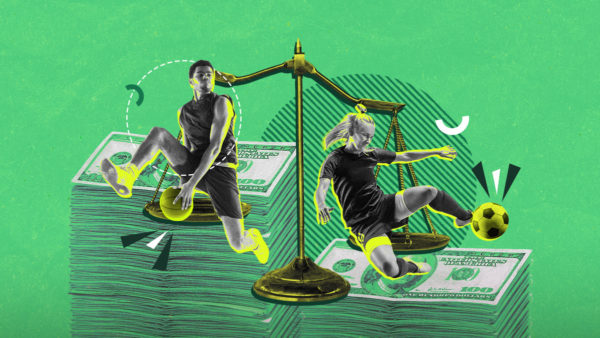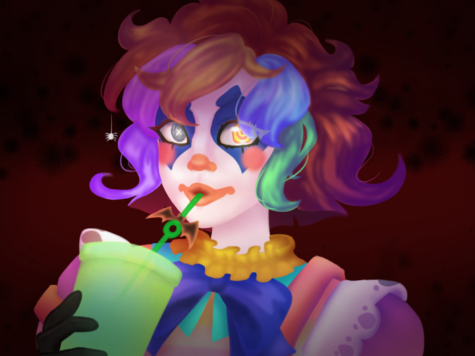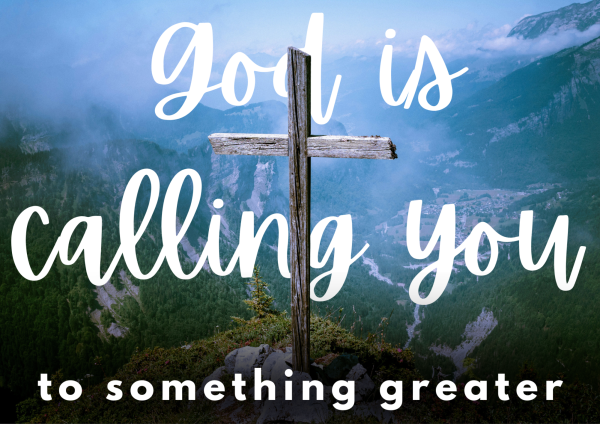The truth behind the 2016 Killer Clown Craze
October 26, 2022
In late 2016, social media once again proved it is capable of creating trends that can go from kooky to dangerous. After the Halloween release of Stephen King’s, It, the virality of killer clowns transformed society’s fear of clowns from irrational to real. This led to a series of global clown-based attacks, which the Guardian described as “A magic combination of childhood fears, social media and psychology”.
The 2016 clown phenomenon began in early August in Green Bay, Wisconsin. On August 1, five photos of a creepy clown roaming a vacant parking lot beneath a bridge in Downtown Green Bay at night went viral, and soon after, a Facebook page was created claiming that the clown’s name was “Gags.” The images were discussed on numerous news outlets, including Fox News and USA Today, in the days that followed. The character’s association with a horror film was confirmed when a Wisconsin filmmaker revealed the images were a marketing stunt for a then-unreleased short film titled ‘Gags’. A trailer for this film can be found here (viewer discretion advised): https://www.youtube.com/watch?v=CHqaukIXIfA
After the Wisconsin incident, the clowns began popping up all over the US; transforming this clown hysteria from harmless hoaxes to consequential felonies. In late August, clown-costumed south Californians were reported trying to lure children into the woods. The craze grew to Southern states, with seven people in Alabama who faced terrorism allegations linked to “clown-related activity”, according to Rainbow City Police Chief Jonathan Horton. These sightings are laid out in the map on this website: https://www.atlasobscura.com/articles/the-definitive-map-of-americas-creepy-clown-epidemic
As the US often does, this trend became globalised through the reach of social media and a combined fear and fascination with clown culture. In the UK, costumed-clowns focused on targeting school children with knives. While in Israel, masked men allegedly threw acid on children to further spread clown panic.
When the trend reached Australia, law enforcement was forced to confront the issue.
As of early October, 18 creepy or threatening clown sightings were reported to the Victorian police. On October 9th, in what has been described as the most severe incident, a male with an axe, dressed like a clown, tapped on a woman’s car window in the state’s southeast. Then Victoria Police chief commissioner Graham Ashton warned these pranksters “rethink if they’re thinking about engaging in that behaviour because it is really stupid”.
In NSW, while there were no formal incident reports, clown sightings were in no shortage. Clown enthusiasts mobilised social media to post threatening media of incidents that were occurring, with police issuing a stern state warning after videos emerged from Minto, Ingleburn and Campbelltown.
With the tarnished reputations of professional clowns everywhere, clown communities band together on Twitter, sparking the hashtag #ClownLivesMatter. Randy Christensen, president of the World Clown Association, spoke out against the trend, arguing “These people are distorting a good, clean wholesome art form. This is not clowning”. Circuses and other clown-related businesses were impacted, with McDonald’s releasing a statement saying they were “thoughtful in respect to Ronald McDonald’s participation in community events as a result of the current climate around clown sightings in communities”.
But why clowns?
Tom Stafford, a senior lecturer in psychology at the University of Sheffield, observes that we are currently in a loop. “The media has an interest in reporting clowns; we the public like hearing scary stories about clowns; certain individuals pick up on the idea of being clowns. And on it goes”.
Luckily, for now, the creepy-clown phenomenon lives and dies in 2016. It is interesting to look back and reminisce on clown marauders who fascinated and frightened society to the point that this time period can be classified as newsworthy. Let’s hope it remains just that, a part of history, but until that can be confirmed, keep a lookout on the 31st for any clowning around.

